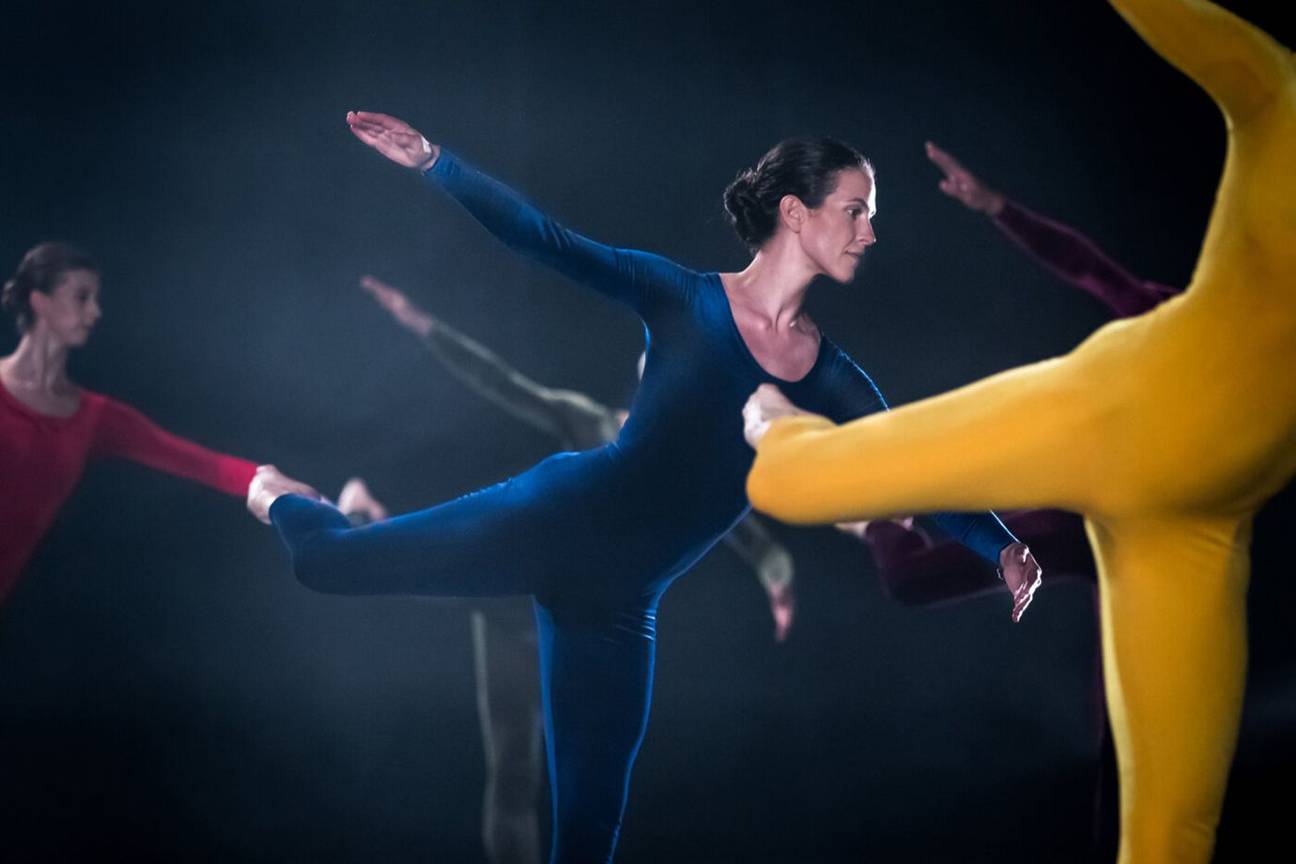There is news that will be met with hallelujahs in Brussels, the city of dance: Merce Cunningham has resurrected. Or at least his work has. The 3D film Cunningham completely immerses you in the choreographies of the great American dance innovator.

Cunningham: a legendary choreographer resurrected in 3D
“Do me a favour. Tell your readers that the film is suitable for people of all ages. We have seen twelve-year-olds sit through the whole film enraptured. You really don't need to know anything about Merce Cunningham or contemporary dance to enjoy it,” director Alla Kovgan claims.
This is not mere promo-speak. The dance scenes are indeed quite spectacular. Although it certainly can't hurt to have a vague idea of the impact Merce Cunningham (1919-2009) had. “Merce Cunningham was one of the most legendary American choreographers,” Kovgan says. “He owes his fame to the invention of the Cunningham technique and to his collaboration with leading figures of the post-war avant-garde in New York: Andy Warhol, Jasper Johns, Robert Rauschenberg. He embraced new technologies – from 16mm film to motion capture or computer software to create movements – and is particularly famous for the coincidence method.
Cunningham never started from a narrative, or an idea. He was fascinated by the physical and developed projects around subjects like falling, for example.
He discovered it through his partner and collaborator, the world-famous avant-garde composer John Cage. Cunningham never started from emotions, a narrative, or an idea. He was fascinated by the physical and developed projects around subjects like falling, for example. He would let dice decide which dancer would perform which movement. This resulted in combinations that neither he nor anyone else could ever have conceived before. He was a risktaker who almost always said 'yes'. A no closes the door, a yes opens it.”
The film is diametrically opposed to the many recordings of stage productions that theatres put online during the lockdown but that were not very inspiring. “Yes, I see what you mean,” Kovgan laughs. “I used to say that it was actually impossible to film Merce Cunningham's choreographies. He would let sixteen dancers go in different directions at the same time. How can you frame that? But then I saw how Wim Wenders cleverly used 3D to do full justice to the work of choreographer Pina Bausch. That provided perspective. 3D articulates space. 3D allows you to immerse the viewer in dance. That is a very interesting quality.”
Kovgan says that the desire to make the film was the result of seeing Cunningham's work. “I only knew the broad strokes of his biography. The basic intention was to attempt to capture his choreographic ideas in cinema with a capital C.” She managed to convince the last generation of the closed Merce Cunningham Dance Company to perform a number of Cunningham's most sensational, formalist choreographies at special locations in front of her 3D camera.
“I think of cinema as a language. Each phrase of the choreography coincides with one shot. So there are no cuts. 3D does not like cuts. And cinema does not like being shut in between four walls. Cinema thinks in terms of space and place. That is why we reconstructed iconic fragments from the period between 1942 and 1972 in carefully chosen locations, like a forest, for example.”
CUNNINGHAM
DE, US, dir.: Alla Kovgan




Fijn dat je wil reageren. Wie reageert, gaat akkoord met onze huisregels. Hoe reageren via Disqus? Een woordje uitleg.